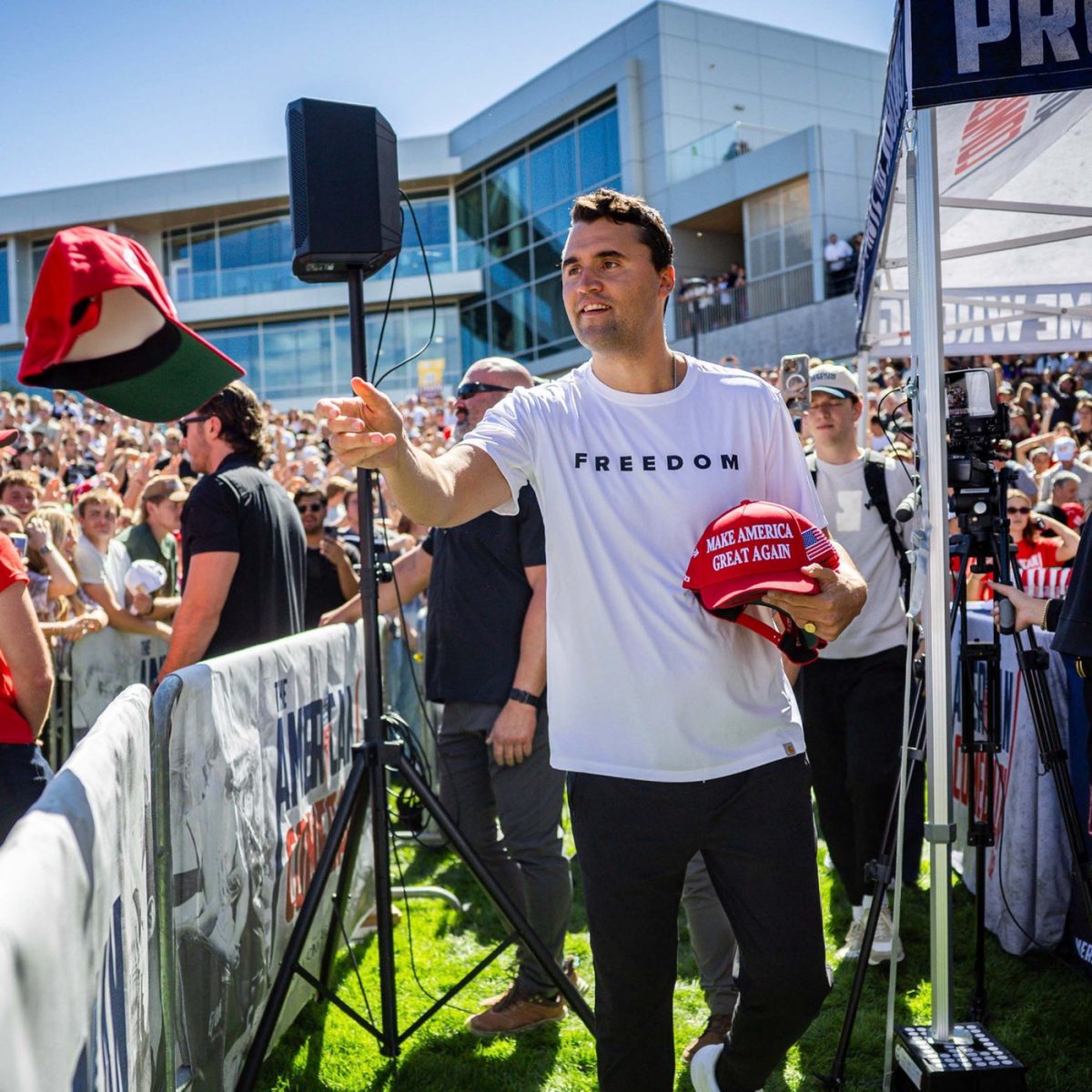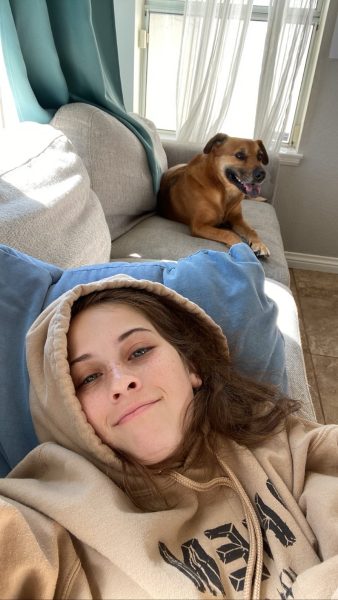In early May, the Writers Guild of America, or the WGA, went on strike to combat the increasing rates of using AI in writer’s rooms and acquire better working conditions. 2 months later, on similar premises, the Screen Actors American Federation of television and artists or SAG-AFTRA went on strike. This is the first time since the 1960s that there has been a joint strike between SAG-AFTRA and the WGA, and both unions have been continuously supporting each other throughout the strikes. 
The AMPTP, or the American Alliance in Motion Pictures and Television Producers, are the ones the WGA is striking back against. Due to the strike, many shows have halted, affecting some of the most significant platforming streams, such as Universal, Netflix, and Apple TV, along with about 350 other streaming services and platforms that are part of the AMPTP. The strike started on May 2, 2023, when contract negotiations between the AMPTP and the WGA came to a stalemate. Within the past few years, the workers have seen a more unstable and unfavorable working environment and an uptick in AI use. When negotiations to fix this seemingly stopped, they jumped into action. The strike was very public and widespread in the media. Many well-known actors posted about the strike on their social media platforms; it swirled around the news and gained significant traction. The picketers marched and held up in front of major studios such as Paramount Plus and Warner Brothers Studio. Even before SAG-AFTRA went on strike, many famous actors joined writers on their protests’ front line. Some notable celebrity appearances on the lines of the strike were United States representative Alexandria Ocasio Cortez, award-winning actress Mariska Hargitay, Avengers Star Mark Ruffalo, and former president Barack Obama, all standing in solidarity with the WGA.
On September 19th, the negotiations took a positive turn and resumed. For five days, lawyers from the WGA and the AMPTP negotiated a new three-year contract for the WGA; on Sunday, September 24, it was announced that they had reached a tentative agreement. On the following Monday and Tuesday, the strike continued as the board members of the WGA voted on whether or not the agreement was to go forward. One hundred forty-six days after the strike was started on September 27, 2023, at 12:01 a.m., the Writers Guild of America announced the end of their strike. The fight is not yet over, though. While talk shows are expected to resume production almost immediately, TV and movie production is not, as SAG-AFTRA is still fighting for a new agreement. The WGA strikers are encouraged to march and strike with SAG-AFTRA and potentially not return to work until they have gotten a fair deal. It’s been over six decades since there has been a mutual strike between the two unions, and the resistance on both sides of TV production is forcing attention and action.
The strike has not only impacted the entertainment industry but also economics, resulting in about a 5 billion dollar loss since the start of the strike. The new deal has established protection and transparency regarding AI-generated material and gradual pay increases until the end of the contract in early 2026.
While the fight is not yet over, the new results have spread a newfound optimism over the SAG-AFTRA and will significantly impact the future of the entertainment industry.








